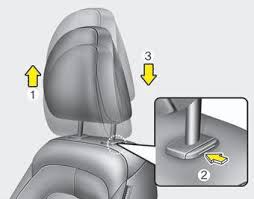Can I turn the vehicle’s headrest around instead?

Although we misleadingly in society call it a vehicle’s seat “head rest” it is actually a type of “restraint”, a safety device and a part of the vehicles compliance! In newer vehicles, those forward tilting “head rests” are actually “Active Head Restraints”. This means they are designed with the geometry of the seat involved, to help mitigate or remove the risk of cervical damage and whiplash injury, by reducing the distance and velocity of the heads rearward movement. So we will refer to this item as a “head restraint” for the remainder of this article.
If you’ve ever installed a booster seat, or a forward facing safety seat into a vehicle only to notice that the fitting is jutted forward exposing a gap then you’ve run into this problem.
Best Practices: In short, the vehicle’s headrest should not be reverse as in some cases this may result in the vehicle being classed unroadworthy. However – it is common for vehicles with a 60/40 split seat, for example, to run the tether strap through the headrest to ensure the tether strap stays tensioned and doesn’t slip down the split. At the discretion of the child safety seat technician, they may decide that this may be best solution – if you do decide this is the best, safest solution then ensure you are complying with the vehicle’s owner manual, the warnings below and communicate your reasons clearly to your client.
Warnings:
- Do not remove the vehicle’s head restraint completely – read this article here
- You may un-intentially, permanently damage the vehicles seat or head restraint if you turn it around. (ie. If the support legs are shaped in any way) So be carefully as this is your responsibility.
- If the child safety seat is a “capsule” (infant carrier), or a rearward facing child restraint then this should clearly not be required.
- If the child safety seat is a booster it may (and probably is) necessary to use the vehicles head restraint as originally intended by the vehicle’s manufacturer, to provide load transfer/support.
NB: This site contains information intended only for the person on the ACRI membership list and is subject to legal privilege. Any duplication or copy, even in segments, infringes on copyright

